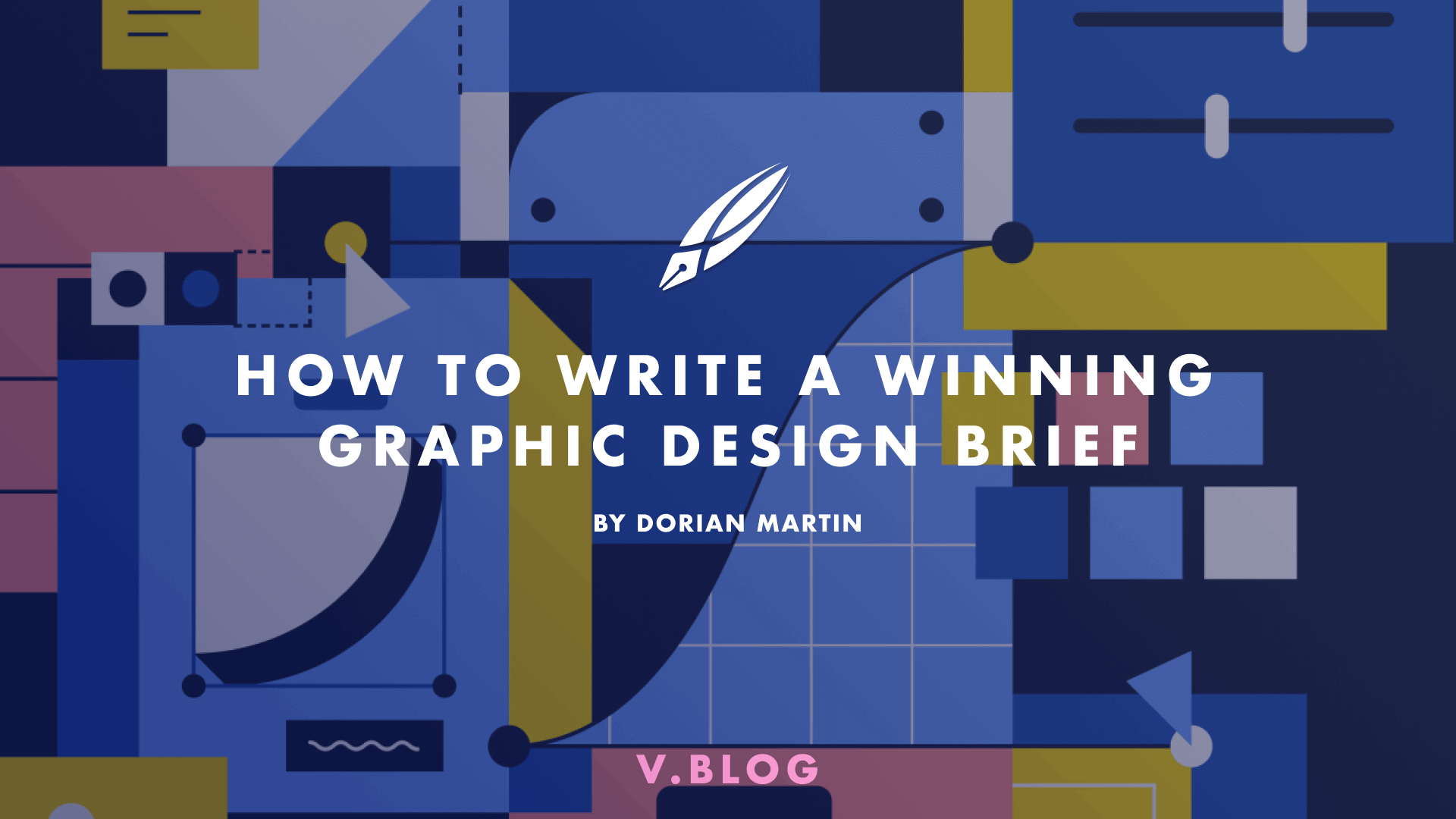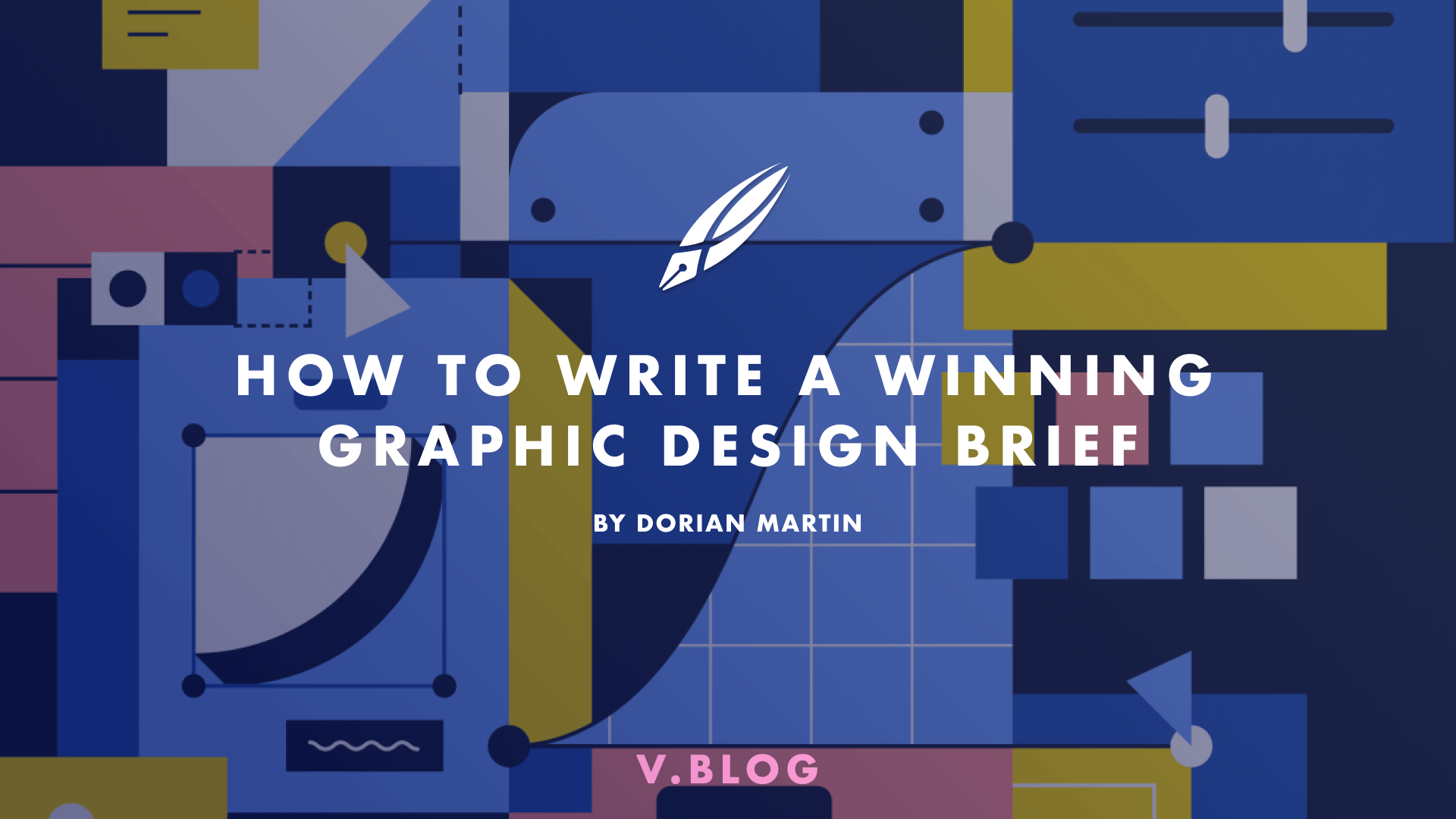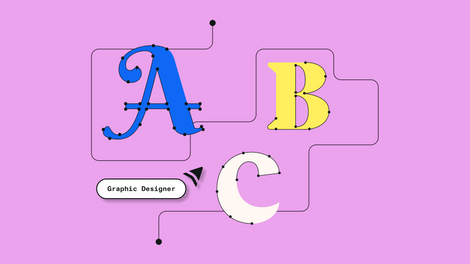
Writing a graphic design brief prior to doing any sort of actual work on your new project can significantly improve the design process and the final product.
What is the role of writing a design brief and how can you make the most of your graphic design projects?
Jumpstart your ideas with Linearity Curve
Take your designs to the next level.
The role of writing a graphic design brief
Depending on the type of visual work you do for your client, simply creating a new logo or a product design may not be enough.
Clients often like to hire freelancers for extended contracts and ask them to work on corporate branding, digital content and similar long-term commitments.
Writing a creative brief will allow you and your client to put the technical details and stakeholders on paper before any actual work is done. A standard graphic design brief should consist of the following points:
- Who is the design meant for?
- What problem does it try to solve?
- What art style and aesthetic are required?
- Who is the competition?
- What are the timetable and budget like?
- What exactly are you required to deliver in terms of finished designs?

The scale and scope of each graphic design brief vary based on the client you work for, their budget and first design ideas.
Addressing these questions is necessary in order for you to have a clearer image of where the project will go. Writing a proper brief with your client can help in a variety of graphic design scenarios, such as:
- Launching a new stand out marketing campaign based on an existing brand identity
- Introducing a new style guide or branding to an existing company
- Brand redesign in hopes of reinventing the business
- Introducing new products or services to a new market
Whether you work on creating new typeface for your client or design marketing brochures for them, starting with the brief can significantly improve your designs. Just like any piece of written content however, a graphic design brief requires a step-by-step approach in order to yield objective results for your project.
Write an overview of your company and brand
A graphic design brief can be written either for internal reference or as a means to hire more graphic designers in hopes of outsourcing production. As such, every design brief should start with a short overview of the company, its business portfolio and existing visual identity.
Looking for more cool drawing ideas?
Check out our list of 25 easy tutorials.
Information on the company’s mission, culture and values will help designers come up with creative visuals closely related to the brand itself. Even if you create the brief for you and your in-house graphic design colleagues, collect this information to use as a template and reference down the line.
Describe your audience & target markets
The more information you gather about your target audience and markets before production, the better. Different demographics and customer profiles will have drastically different expectations from the products and services they interact with. Some of the questions you should ask yourself and your clients include:
- What’s the age group and gender of your target audience?
- What are their personality types, lifestyle and professional background like?
- What’s the location (state/country/region) you are targeting?
In terms of graphic design, the foremost reason to properly research your audience concerns color preference and emotional appeal via different color hues. It is vital that you know exactly who your product, website or corporate branding will speak to before you create anything substantial.

Gather existing visual style guide or corporate materials
If you are working with an already established business, chances are that they’ve already used some form of visual style guide for marketing purposes. Bigger companies with an international presence will likely ask you to stay within the confines of their brand identity as a given.
Smaller businesses or startups may not have an established visual identity and you can work to mitigate that through your graphic design project.
It’s good practice to discuss existing branding and whether or not any major changes will happen during your project to gauge the project’s scope precisely. Gather any existing content, brand materials and style guide for reference and see if you can salvage any of it for future use.
Outline your deliverables
What is it exactly that you are required to deliver to your client based on the information provided in the graphic design brief? It may be difficult to objectively create a list of content that you are required to create, but that roadmap is nevertheless essential for you. Sit down with your client and discuss their expectations of you.
Try to advise them on how many pieces of content, in which file formats and dimensions you would create if it were up to you. As a graphic design professional, your job is to not only create content directly but also to act as an art director and visual consultant.
If you're unable to create a proper list of deliverables at the moment, settle on an hourly or per-design rate with your client beforehand. Write down individual items as you create them and include them in your final pricing report.
Attach representative graphic design examples
Your clients will undoubtedly have a short-list of competitive brands and visual identities which you can use as a reference for your work. Ask them for any references or examples of graphic design which they want you to use as a starting point for their materials.
Get creative with our ready-to-use templates.
Linearity Curve offers templates for every social media platform and various use case templates for posters, business cards, slides, app store screenshots, and more.
Also, ask them about what “not” to do in terms of graphic design so that you avoid unnecessary backtracking or revisions upfront. A list of 3-5 visual content examples should suffice and give you a good indication of your client's expectations.
This is often a good move since clients won’t often be able to communicate artistic or design terminology as a design professional could.
Clearly define your budget & timeline
On a more technical note, you should never start working on a graphic design project of any scale without a clearly defined budget and timeline. While it may be ungrateful to discuss payment and timeline before you even start working on the creative project, this will save you from a world of problems.
Your client's expectations may be too ambitious based on the budget they have available and you will be left with doing pro bono work by mistake. Or, your client wants to have a super short timeline and require you to work overtime just to meet their demands and be left with minuscule compensation.

Specify how to follow up on the brief
Once you’ve gathered all the necessary information in regards to actual graphic design work, you should settle on the communication channels and a follow-up. How exactly will you communicate with your client and how frequently will you check in with your work in progress (if at all)?
Depending on the scale of your project, you may need to handle feedback more frequently in order to stay on point with your clients’ needs. Likewise, creating a targeted marketing campaign is different from designing a new style guide for a large company, so take the project’s scale into consideration.
When all parties are satisfied with the information written in the creative brief template, you can safely approach the actual production of visual content.
Getting ahead with a winning creative brief
You may think that spending time on a brief instead of working on the project you were hired to do is a waste of time. However, proper preparation is half of what makes a good graphic design project.
Knowing how to effectively communicate with your clients and writing project briefs is just as important as knowing how to use graphic design tools properly. Slow down, take a step back and adopt a more organized, systematic approach to graphic design and the results of your workflow will subsequently improve.
Jumpstart your ideas with Linearity Curve
Take your designs to the next level.
Cover Art made with Linearity Curve (formerly Vectornator) by Seamus Lloyd


Share this!
Ben Barnhart
Ben is a Content Lead for Linearity living in Berlin. His hobbies include board games, cooking, reading, and writing.


:quality(75))
:quality(75))



:quality(75))




